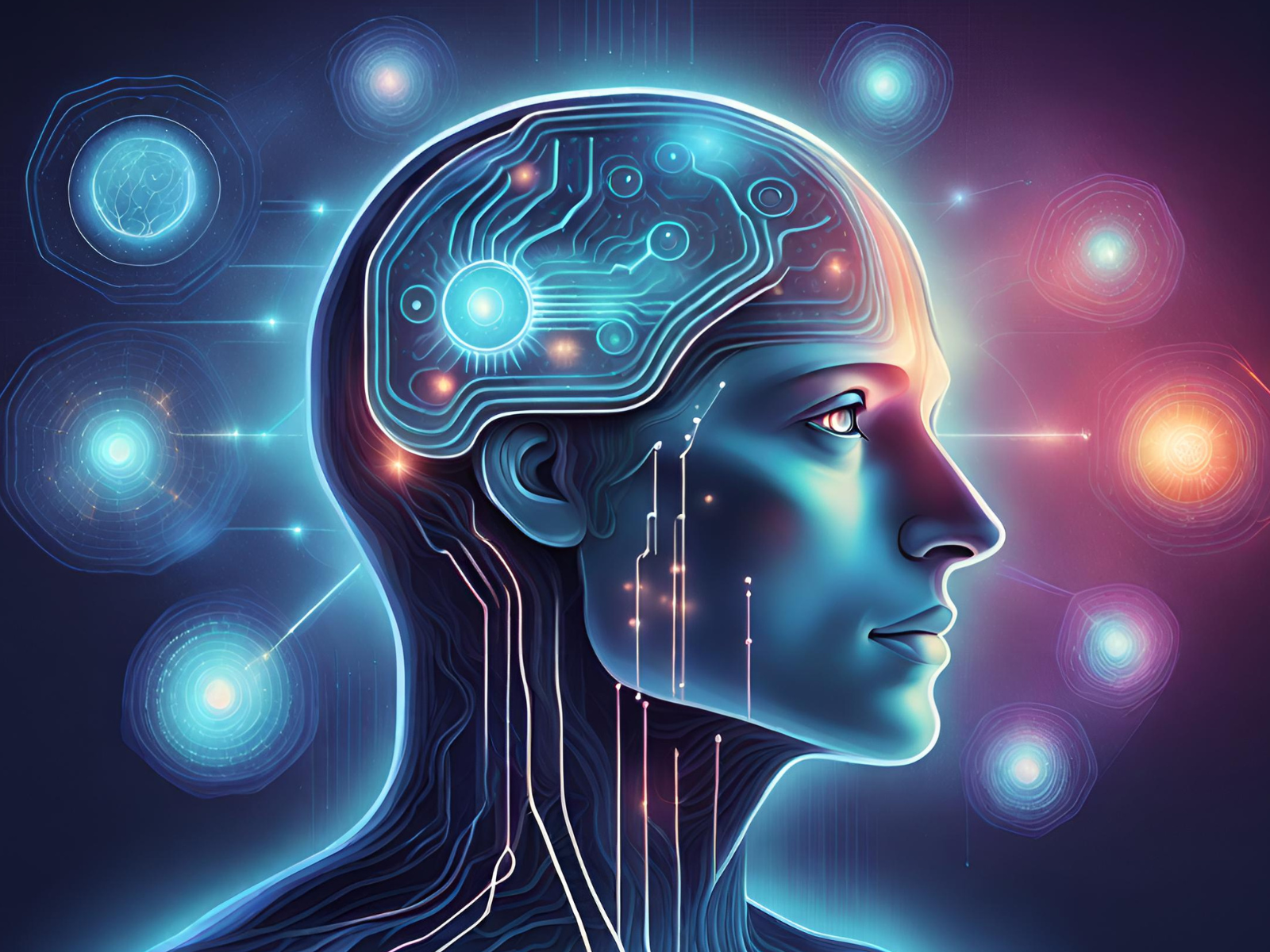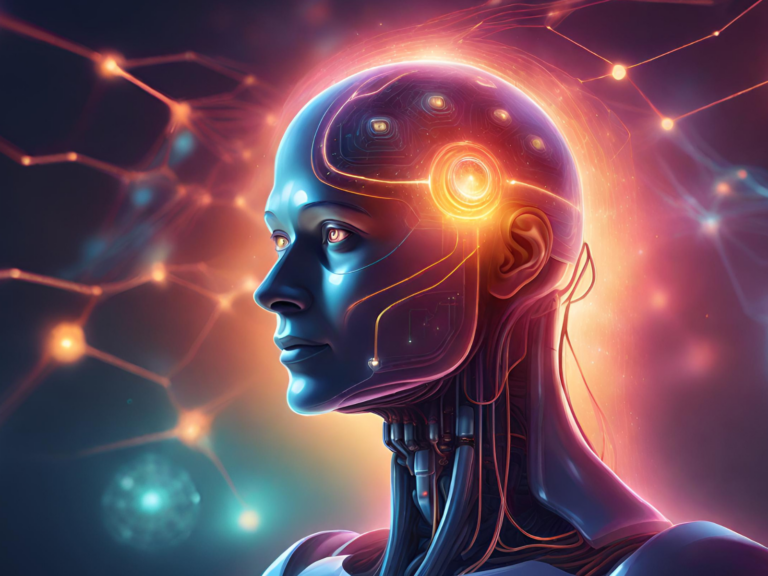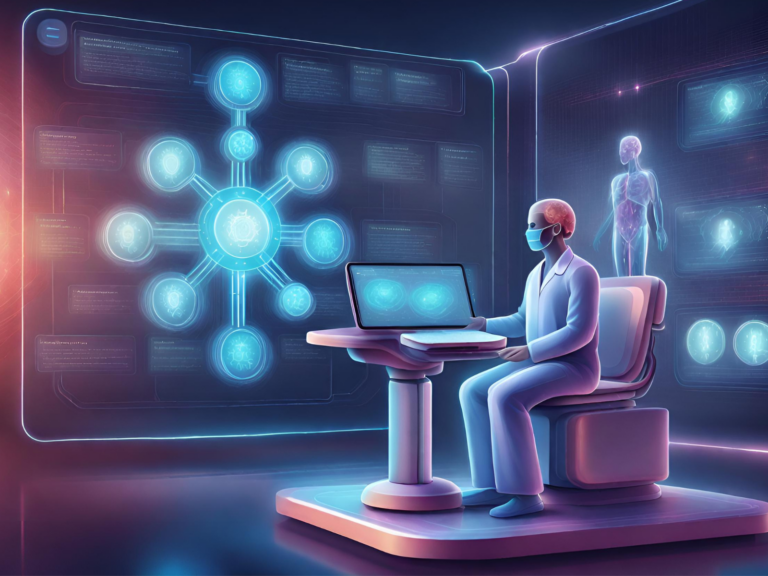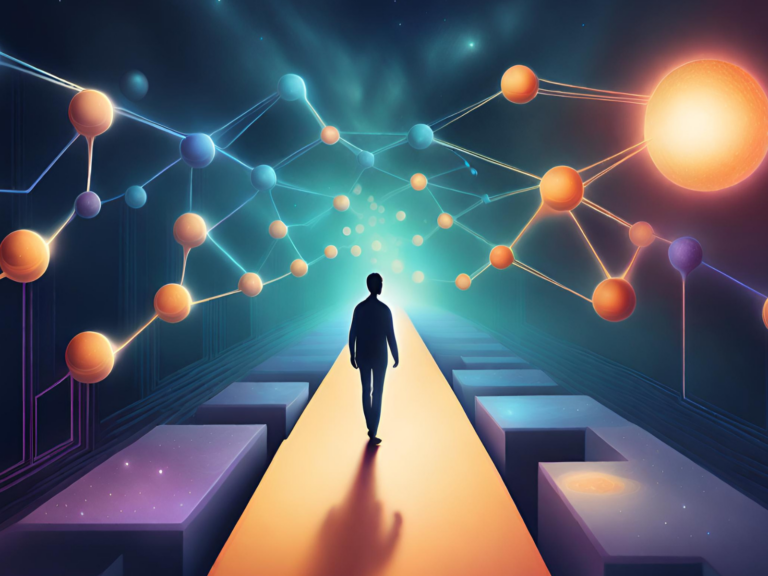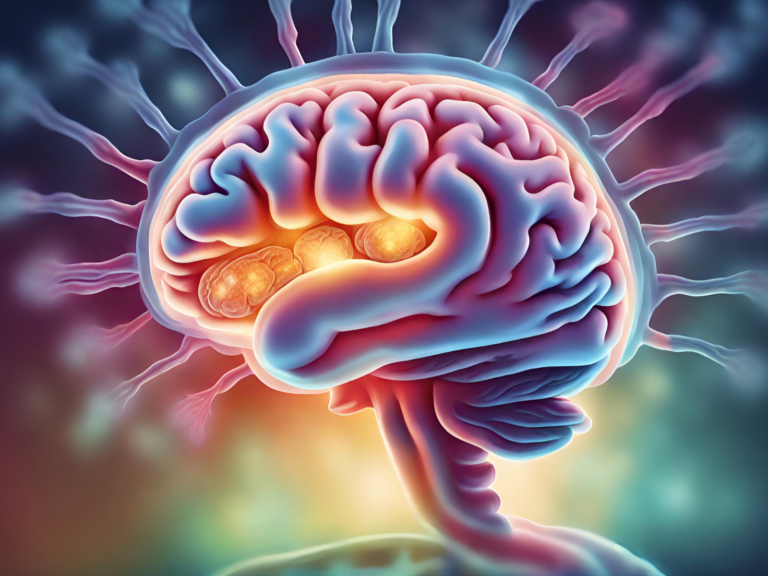Understanding AI, Machine Learning, and Deep Learning
In the ever-evolving world of technology, the concepts of artificial intelligence (AI), machine learning (ML), and deep learning are increasingly becoming household terms. Yet, for many, these terms blend into a vast, indistinguishable sea of jargon. Let’s dive into the depths of these fascinating fields, peeling back the layers to understand their distinctions, connections, and the roles they play in the modern technological landscape.
What is Artificial Intelligence?
Artificial Intelligence is the broadest canvas of this technological triptych, representing the pinnacle of machines mimicking human intelligence. Imagine a robot holding a conversation, a computer program playing chess, or a smart assistant managing your calendar. AI is the overarching goal of equipping machines with the capability to exhibit intelligence similar to humans, enabling them to perform tasks that typically require human intellect and reasoning.
What is Machine Learning?
Machine Learning is the bridge that connects raw data to AI’s lofty goals. It’s an approach to achieving artificial intelligence through systems that learn from experience. Instead of being explicitly programmed to perform a task, these systems are designed to learn from data. The essence of ML lies in its ability to make predictions or decisions based on past experiences (data) without human intervention.
Machine learning models are trained using a dataset known as “training data,” which helps them learn and make inferences. ML’s unique aspect is its focus on the development of algorithms that can access data and learn from it, hence the term “machine learning.”
The Special Role of Neural Networks
Neural Networks are a cornerstone technique in the implementation of machine learning. Inspired by the human brain’s network of neurons, these algorithms are designed to recognize patterns and interpret data by simulating a semblance of human cognition. Neural networks are particularly adept at processing complex, non-linear relationships in massive datasets, making them invaluable for a wide range of applications, from image recognition to natural language processing.
What is Deep Learning?
Deep Learning is a specialized subset of machine learning that employs deeply layered neural networks. These “deep” networks can learn and model complex patterns in vast amounts of data far more effectively than shallow ones. Deep learning has been the driving force behind many recent advancements in AI, including the development of highly accurate speech recognition systems, sophisticated image recognition software, and even self-driving cars.
The Intersection of AI, ML, and Data Science
While AI, ML, and deep learning often travel in the same circles, they are not interchangeable with the field of data science. Data science focuses on extracting insights and knowledge from data. In contrast, machine learning uses data to make predictions, and artificial intelligence aims to mimic human actions based on those predictions.
- Data Science produces insights from data, helping organizations make informed decisions.
- Machine Learning uses those insights to make predictions about future events or behaviors.
- Artificial Intelligence takes it a step further by using those predictions to perform actions, ideally mimicking human behavior.
Conclusion
The journey from data science through machine learning to artificial intelligence represents a continuum of increasing complexity and sophistication in dealing with data and making machines more intelligent. At its heart, this progression is about moving from understanding the past and predicting the future to making informed decisions in the present.
As we stand on the brink of what many consider the fourth industrial revolution, powered by AI, understanding these distinctions is more than academic. It’s about recognizing these technologies’ potential to transform every aspect of our lives, from healthcare and education to transportation and entertainment. As we continue to explore these fields, we inch closer to a future where machines not only think but also learn and adapt, heralding a new era of innovation and possibility.

